The Very Best of the Penny Arcade Comic: Top 10 Strips
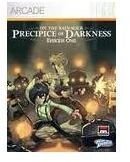
Delving into the decade’s worth of Penny Arcade comics is like a walk down gaming’s memory lane. Gabe and Tycho do more than simply comment on the gaming news of the day, they chronicle the evolution of the industry from the gamer’s perspective. Their comics remind us not only what has happened during the last ten years, but also how we all felt about it and how it affected us.
They are the voice of the end user, a pair of average joes who managed to turn their love of gaming into a career. Through it all, the fame, the popularity, and the accolades, they have somehow managed to remain true to the geek within. They are both industry insiders and rabid fanboys, eagerly devouring everything the industry has to offer. In a world increasingly-dominated by corporate interests they speak for us, and the gaming industry listens.
Let’s take a look at the top ten best Penny Arcade comics of all time, in chronological order.
For those unfamiliar with the strip, be forewarned: you may find M-rated language and/or imagery.
“Wow:” 2/11/02
“Wow” is not the first strip to reference the infamous Fruit F-er 2000, but it is the first time we get to see him in action. One of my favorite characters in the strip, the lecherous appliance makes repeated appearances, even saving the day in the excellent “Armadeaddon” storyline.
“Send This to Your Local Paper:” 8/11/03
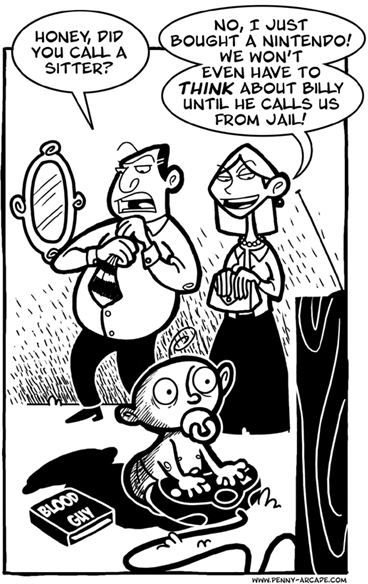
The gaming industry receives a lot of criticism, especially for the supposed link between violent games and violent behavior. Thing is, the rating system clearly indicates which games aren’t intended for children.
During my time working for the nation’s largest video game retailer, I informed countless parents that games like GTA were rated M for a reason, and that they may want to reconsider purchasing it for their ten-year-old son.
The usual response: “Oh, he plays games like that all the time.”
This comic is a very clever take on the same issue.
“This is an Allegory:” 8/25/04
As a launch day purchaser of Star Wars Galaxies, this comic perfectly summed up the developers’ seeming attitude toward the player base for me.
The Star Wars reference here is perfectly executed, and to this day I can elicit a laugh from several of my friends simply by uttering “just start killing Bothans, I’ll tell you when to stop.”
“Devil Make You Really Mad:” 3/4/05
Anytime you see Div (the talking DivX player) in a comic, you know it’s going to be a good one. Devil May Cry 4 is still one of the hardest games I’ve ever played, and this comic appeared right around the third time I had to retrieve my controller from the other side of the room while playing it.
Unlocking Easy Mode by constantly dying was an interesting design choice. Still, that game left many of us hoping for a “UFP” mode, as Div describes.
“Oneupsmanship:” 4/13/05
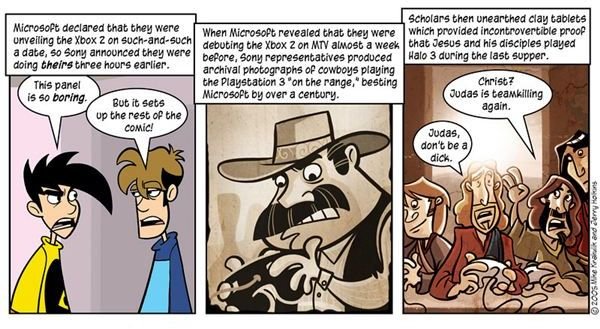
This comic is actually a great take on the constant pissing contest between Microsoft and Sony, but the last panel is, for some reason, the part that seems to stick in people’s minds.
Easily one of the most memorable lines in all of the PA verse is “Christ? Judas is teamkilling again.” Mike and Jerry have never been ones to shy away from a good joke just because it may offend someone, and this comic is one of the best examples.
“Seriously, Though, For Real:” 12/18/06
A hilarious take on the Gamestop formula and its ridiculousness, this comic examines how the business model would work in the grocery industry.
Having been on both sides of the counter, this one hits home for me on several levels.
“Paint the Line:” 6/25/08-7/9/08
Of all the multi-comic storylines featuring the dreaded “continuity,” “Paint the Line” remains my favorite. Borrowing heavily from one of the most popular movie tropes of the 80’s, some kind of competition against the Soviets, Gabe and Tycho are tasked with saving the world.
By playing Ping Pong.
“A Trick of Retrospective:” 10/1/08
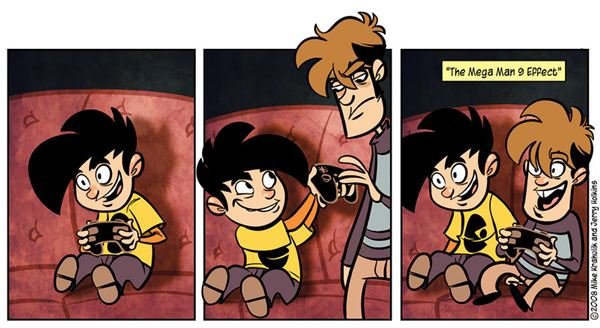
One thing Penny Arcade is not really known for is subtlety, which is a shame, because simple comics like this one really show off the skill with which Mike and Jerry ply their craft.
This one is more than a commentary on the nostalgia-inducing Mega Man 9, it’s a touching piece of art, especially for those of us from the “old-school” gaming generation.
“The Guildfather:” 6/29/09
This one works on a couple levels. One: if you’ve spent any time in a WoW guild, you know that Kiko’s attitude in this comic isn’t really that far from reality.
Two: the dialogue and art just work incredibly well here to evoke that Godfather aesthetic. Not all comics have to be about dick jokes or over the top gags. Subtlety is just as effective.
“The Sixth Slave:” 8/11/10
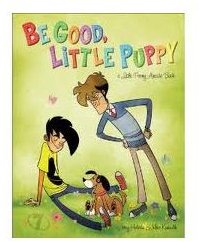
The most recent source of controversy, this one stirred up a storm of criticism both in print and online. Proving that people are perfectly willing to ignore context in order to find something offensive, many took exception to the mention of rape in this one.
“The Sixth Slave” makes the list not only because of the memorable controversy it stirred up, but also because it addresses a feeling that most WoW veterans can identify with. I don’t know how many times I’ve had to ignore NPCs caught in traps, forced to work against their will, or dying on the battlefield because I had completed the requisite number of rescues for my current quest.
It may be a game, but only a complete misanthrope can just ignore suffering, even of virtual beings. There’s always that twinge of “I should be helping here, but my quest is finished…”
The Voice of a Gaming Generation
One thing Penny Arcade excels at is finding these shared experiences and illustrating them in a recognizable way. Only those who actually play games understand what it means to be humiliated when a game offers to lower its difficulty for you, regress to a time when games were simple and enjoyable, or feel a tiny spike of guilt when leaving trapped NPCs behind.
The rise of Penny Arcade is an incredibly great thing for gamers. While so many industries become increasingly disconnected from the people who use their products, Mike and Jerry bridge the gap between publisher and player, whispering into the ears of those who steer the course of the industry.
PAX is the perfect example of what I mean. When I attended PAX 2.0, the floor was sparse and practically no major industry players were in attendance. Now, developers are practically begging to show off their games, debut new titles, and get space on the show floor.
PAX brings the heavy hitters of the industry to the gamers, just as the comic illustrates the frustrations and joys of the end user for the gaming world to see.
References
All references from Penny Arcade.
All images copyright Mike Krahulik and Jerry Holkins.
